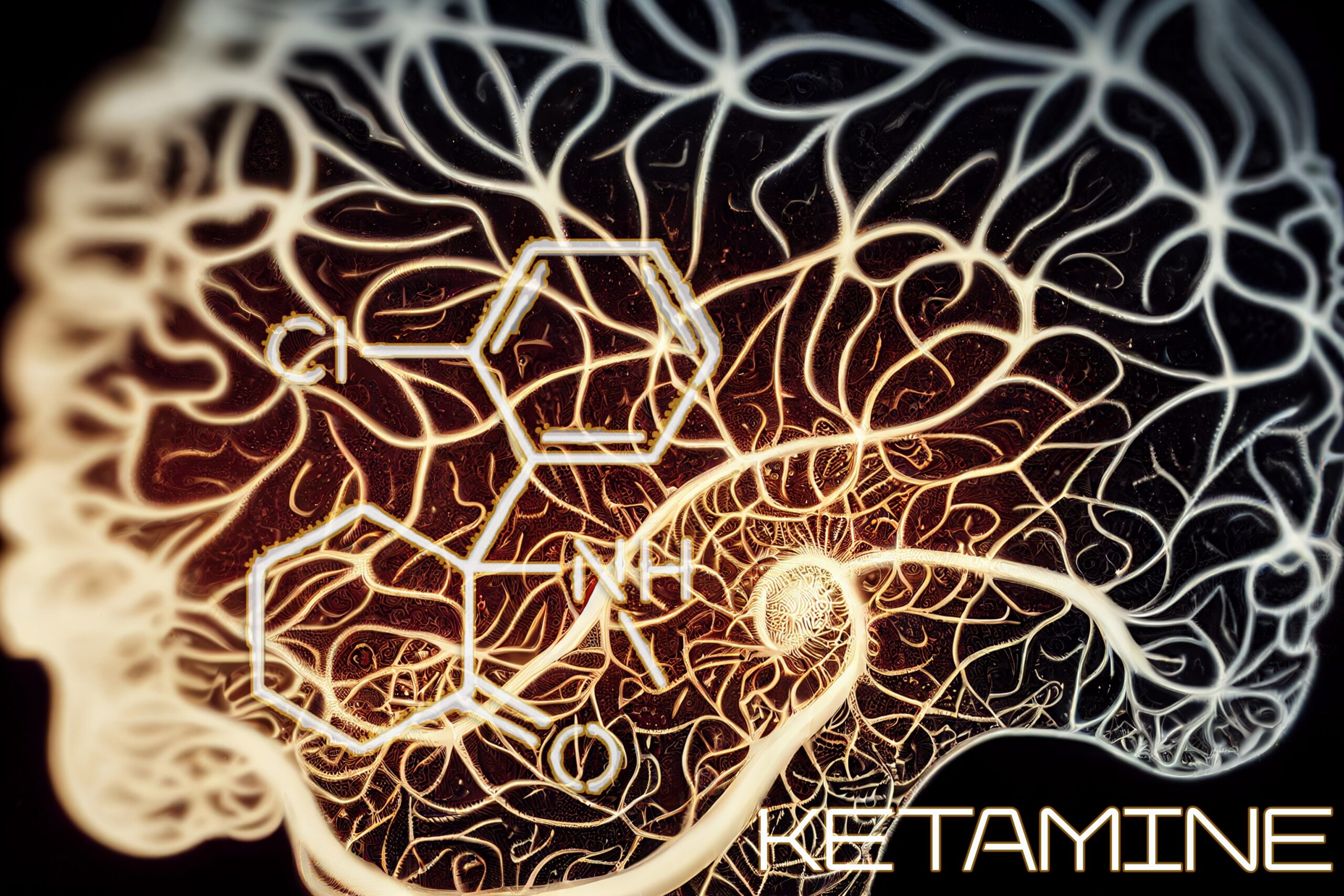Postherpatic neuralgia (PHN) is a debilitating and chronic condition that occurs as a complication of shingles. Shingles, caused by the reactivation of the varicella-zoster virus, typically presents as a painful, blistering rash on one side of the body. After the rash heals, some patients continue to experience pain, known as PHN, which can last for months or even years. PHN affects approximately 10% to 20% of shingles patients, making it a significant public health concern.
The pain associated with PHN can be excruciating and may manifest as a burning or stabbing sensation. Traditional treatments for PHN include antiviral medications, analgesics, tricyclic antidepressants, anticonvulsants, and topical anesthetics. However, these treatments do not always provide satisfactory pain relief for all patients, especially those with refractory PHN, which is resistant to standard treatments.
Ketamine is a dissociative anesthetic that has been used for decades in medical settings. Over time, its application has extended beyond anesthesia to include the treatment of chronic pain conditions, such as PHN. Ketamine infusion therapy involves the administration of low-dose ketamine through an intravenous (IV) line over a period of time, typically ranging from 30 minutes to several hours.
The mechanisms by which ketamine alleviates pain are not fully understood, but it is believed to involve the antagonism of N-methyl-D-aspartate (NMDA) receptors in the central nervous system. These receptors play a key role in pain perception and modulation. By blocking NMDA receptors, ketamine interrupts the transmission of pain signals and reduces pain sensitivity.
There is growing evidence supporting the use of ketamine infusion therapy for refractory PHN. Studies have shown that ketamine can significantly reduce pain intensity and improve the quality of life for patients with refractory PHN. For instance, a study published in the journal “Pain Medicine” found that a single low-dose ketamine infusion could provide significant pain relief in patients with refractory PHN, with benefits lasting for several weeks.
Despite these promising results, it is important to note that ketamine infusion therapy is not suitable for all PHN patients. Ketamine can cause side effects, including nausea, vomiting, dizziness, hallucinations, and disorientation. Moreover, the long-term effects of repeated ketamine infusions are not well understood. Therefore, ketamine infusion therapy should only be considered after a careful assessment of the potential risks and benefits, and it should only be administered by trained medical professionals.
It is also worth noting that ketamine infusion therapy is just one of many treatment options for PHN. Other interventions that may be beneficial for PHN patients include nerve blocks, physical therapy, acupuncture, and transcutaneous electrical nerve stimulation (TENS). In some cases, a combination of therapies may be necessary to achieve optimal pain relief.
In conclusion, ketamine infusion therapy can be an effective option for the treatment of refractory PHN, especially for patients who have not responded well to traditional treatments. The therapy involves the intravenous administration of low-dose ketamine, which blocks NMDA receptors and reduces pain perception. However, ketamine infusion therapy is not without risks, and it should only be considered after a thorough assessment of the patient’s medical history and a careful consideration of the potential benefits and risks. Additionally, it is important for healthcare providers to explore other treatment options for PHN, as a multifaceted approach may be necessary to achieve optimal pain relief and improve the quality of life for patients suffering from this debilitating condition.
